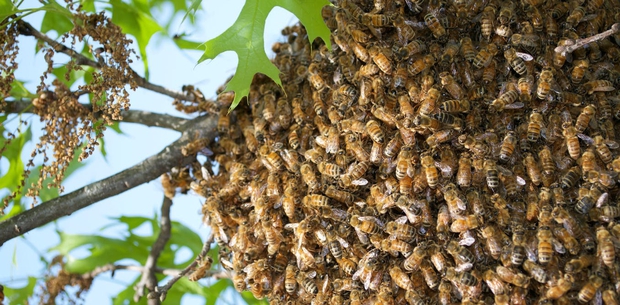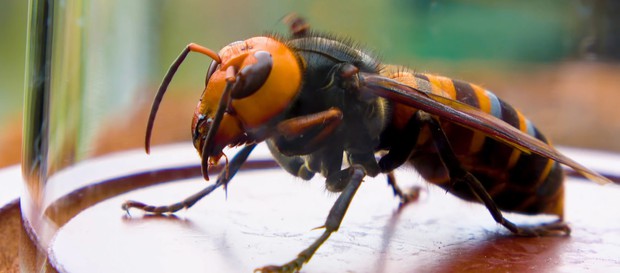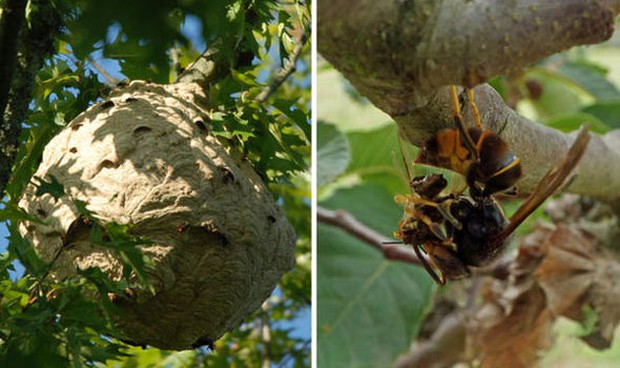Simply because the tools they use horrify everyone.
People don’t have much strength. We don’t have exceptional strength, the teeth aren’t sharp, we don’t have claws, and we don’t know how to swim well. But we still became the hegemon of the world thanks to intelligence, the ability to use language and knowing how to use tools.
However, the ability to use tools is not just human. This ability has been recorded in some animals with good intelligence, like primates, elephants, octopus … But have you ever imagined that even bees can do this?
This is exactly what scientists have observed in bees – for the first time in history, they have seen it in nature. However, the tools they use are making scientists feel … scared again.
Specifically, the story is this: The scientific bees observed are Asian honey bees (Apis cerana), and the tools they use are … feces. In a study from Vietnam, when faced with giant wasps (Vespa soror), worker bees will fly to find fresh manure from other animals and then carefully apply at the entrance to the nest.
Experts are still not sure if these stools actually protect hives. However, they believe that applying manure will prevent the wasps from tearing up the nest, avoiding getting inside and causing massive killings.
“We believe Asian honey bees are collecting animal droppings to fight their most formidable enemy upon entering. This is also the first report of honey bees using tools, and Gathered Something That Did nothing to do with trees ”, – quoted in a report published in the magazine PLOS One.
In fact, for many years scientists have recognized that honey bees can learn to use tools in the laboratory. However, this ability has never been seen in nature.
Honey bees often collect materials from trees to build their hives – like wax, chalk, and sap. But they are not really tools. The concept of “tools” of science must be an external object, modified to be used for another purpose. And in this case, feces are a tool for bees.
It is known that giant wasps are very common in South Asia, also the main cause of massive death of honey bees. They can destroy thousands of honey bees in just a few hours, or even occupy the entire hive if the numbers are large enough. Bees, although armed, are poisonous needles, but that is not enough to drive wasps away. Because their enemies were too big, their bodies were as strong as armor, almost untouchable.
Asian wasps
However, evolution has also provided honey bees with another strategy to control wasps. For example, when wasps approached to invade, they would be drawn into the hive, and then the bee would come together to seal the entire hive. This process will cause the temperature in the nest to rise very quickly, enough to kill the invader.
And now they have another solution, which is … to put feces or whatever has a bad smell on their nest. Even when the wasps are gone, the manure remains for a few days.
The reason why wasps can no longer attack due to the smell of feces will require more research to confirm. The theory is that manure can be mixed with other chemicals, creating a poison to drive off the enemy. But overall, things are still not really clear.





